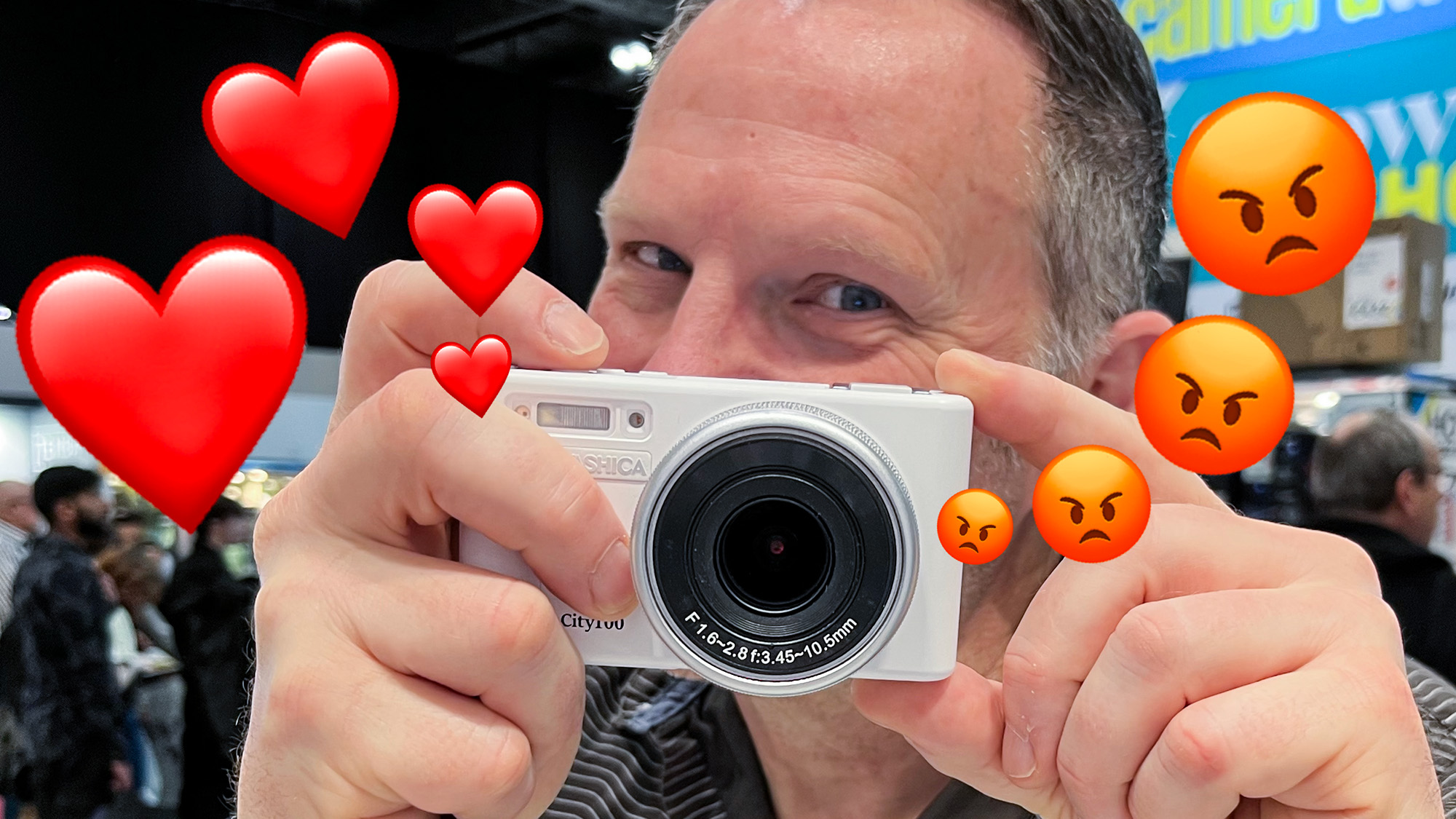$500 camera kit challenge... best budget gear to get you started in photography
$500/£500 is all you need for a decent camera kit. Our resident cheapskate Ben Andrews recommends the best beginner gear
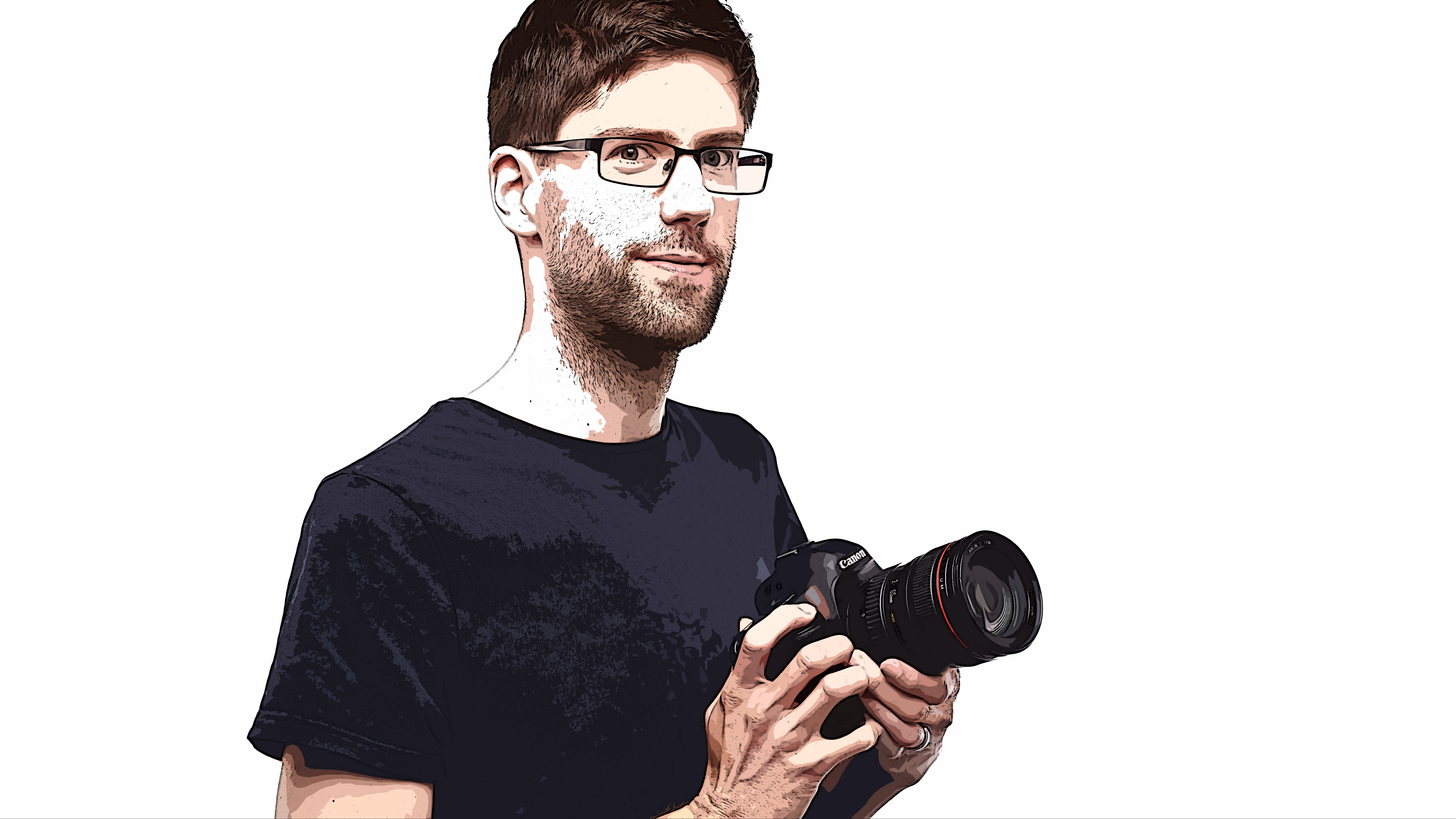
Photography has the potential to be a ruinously expensive hobby, but it doesn't have to be. If you're starting out from nothing (or more realistically, moving up from your trusty camera phone), it's perfectly possible to get a complete camera kit that can maximize your creativity and last you for years, all for $500/£500.
This budget buys you a camera, as well as essential extras like a memory card and camera bag - all you need to get you started in photography.
I'm Digital Camera World's Lab Manager. I scientifically test every new interchangeable lens camera and almost every lens to give you an objective and directly comparable assessment of camera and lens image quality.
With so much high-end camera equipment passing through my hands, it'd be easy to only be satisfied by the latest, greatest, and most expensive new camera tech. However, I also happen to be allergic to parting with money, and I firmly believe that entry-level interchangeable lens cameras offer the best possible bang for your buck. Add a few essential accessories and you can get all you need to start out in creative photography for only $500/£500.
The rules of this cheap camera challenge are simple:
1) No going over-budget (well, maybe 10%, to allow for local price variations)
2) No used or hard-to-get kit. Everything has to be easily available today
$500/£500 isn’t a lot to buy EVERYTHING you'll need when starting out, and we're assuming you already own a computer to take care of the image reviewing/editing side of digital photography. There are also a host of camera accessories that could be considered 'essential' - tripod, flashgun, various types of lens - but on a budget this tight, I'm prioritizing the absolute daily essentials.

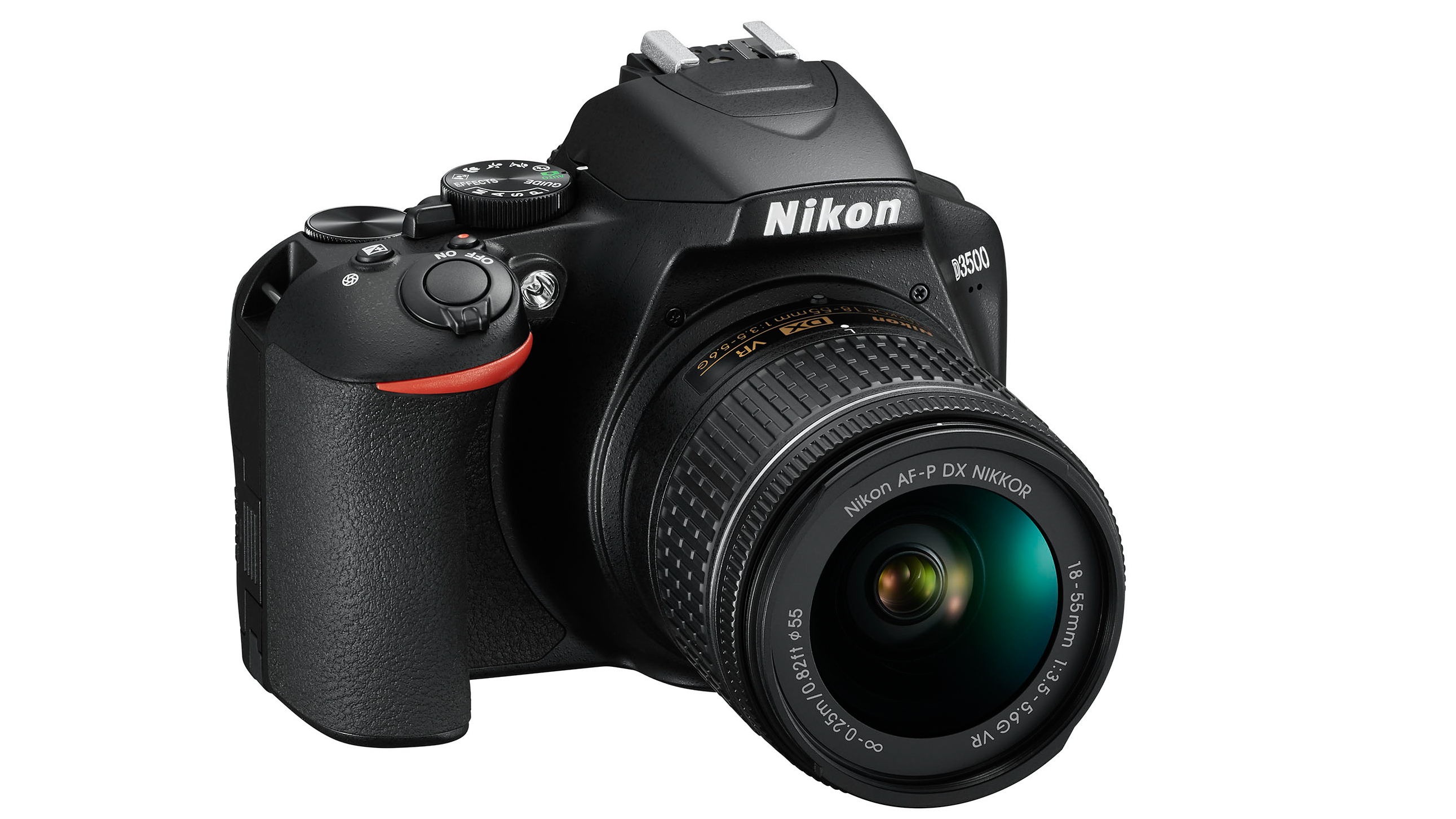
1. Nikon D3500 with AF-P 18-55mm f/3.5-5.6 VR lens
Why you can trust Digital Camera World
If you're stepping up from phone photography, it's easy to assume any dedicated compact camera will be a noticeable upgrade from a 'jack of all trades, master of none' smartphone, but that's no longer the case. The best camera phones are now so good that you really need an interchangeable lens camera like a DSLR to get a worthwhile upgrade in image quality.
Likewise, if you're coming from nothing and want to learn the fundamentals of photography without simply snapping the shutter release and letting auto mode take care of everything, the manual control offered by a DSLR is just the ticket. Chunky handling, and of course, the ability to change lenses to best suit the subject your shooting, all helps you hone your photographic skills.
Nikon has been producing great entry-level DSLR cameras for years, and the D3500 is its latest offering. An excellent 24-megapixel APS-C sensor means you get superb image quality, while its other specs - autofocus, exposure metering, wireless connectivity, and even battery life - are all equally respectable for a beginner camera. What's more, while this may be a bit of a lump if you're used to a svelte camera phone, it's impressively small and light for a DSLR.
The Nikon D3500 will almost always be found bundled with an 18-55mm lens to get you started. Be careful though, as two versions of this lens are available in D3500 kits - one with VR (Vibration Reduction - Nikon's name for optical image stabilization) - and one without. Given the price difference between the VR and non-VR kits is minimal, I'd recommend spending the extra on the VR version, as image stabilization is a worthwhile feature, especially when shooting action shots or in low light.
Why this? You simply can’t get a better budget camera

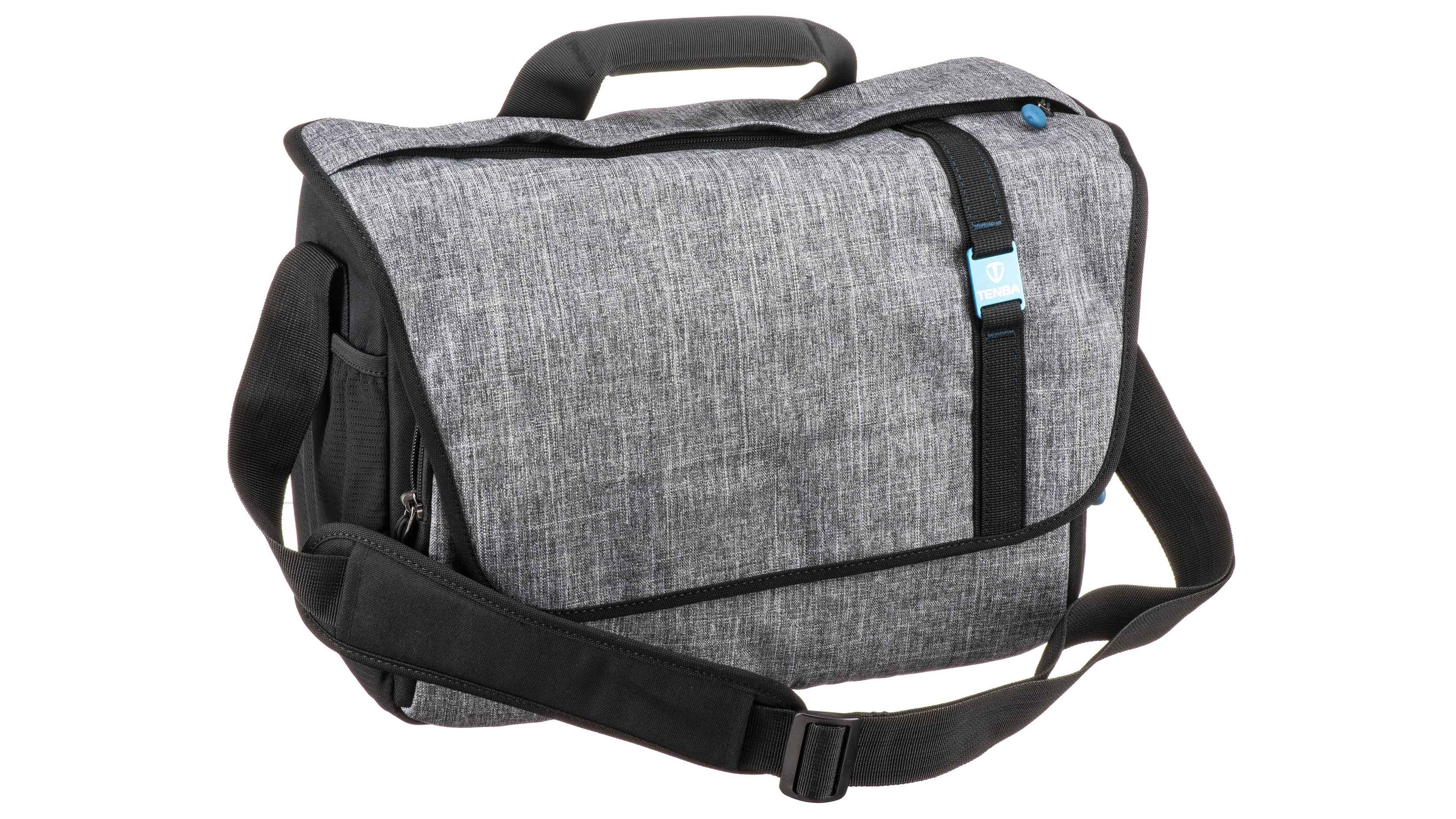
2. Tenba Skyline 13 Messenger
You really need a proper camera bag to travel with a DSLR. While all DSLRs come with a neck strap, they're uncomfortable for long periods, and are a handy way to advertise to light-fingered low-life that you've got something worth nicking.
On that last note, I prefer a camera bag that isn't styled to look like a typical camera bag. There's no shortage of small, camera-sized shoulder bags available for minimal money, but which don't do much to hide the nature of their contents, and are also too small for carrying daily essentials alongside your camera.
For this reason, I'd recommend splashing a bit more cash on a good-sized shoulder bag that can contain additional lenses as and when you can afford them, or can double as a regular, usefully-sized shoulder bag. Add discreet urban styling and you've got maximum versatility and real value for money.
Several bags are available that tick all these boxes, but to keep the spend low, I'd go for the Tenba Skyline 13 Messenger. It's large enough to pack in a Nikon D3500 and lens, along with two or three extra lenses for the future, or plenty of other personal effects. Plus, its casual messenger bag styling looks the part and doesn't scream 'mug me'!
Why this? Highly versatile, subtly styled and well priced - this bag's hard to beat on a tight budget.

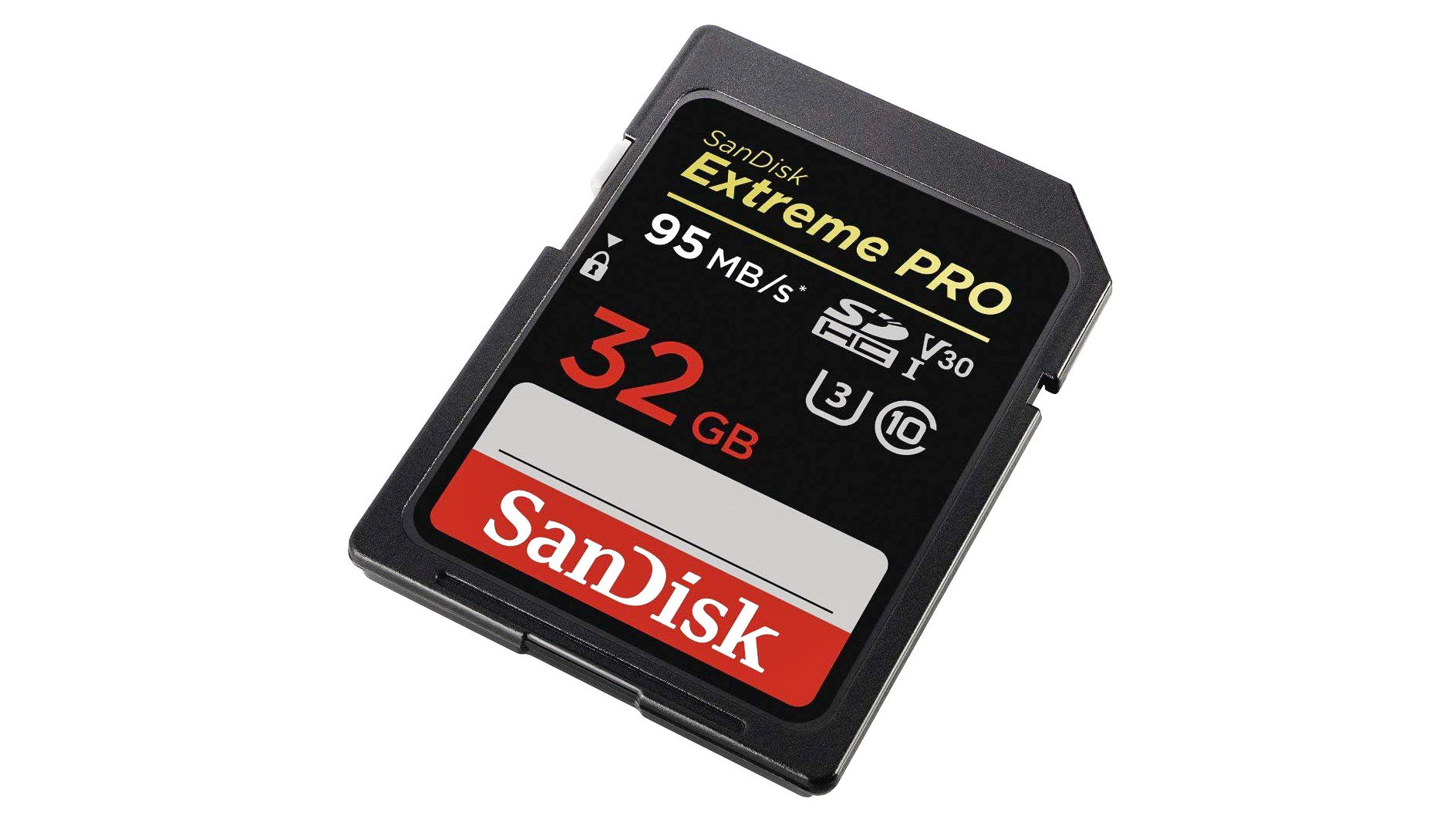
3. SanDisk 32GB Extreme PRO SDHC UHS-I Memory Card
With only $13/£10 left in the kitty (calculated based on retail prices at the time of writing), that leaves you just enough for the essential memory card to go in your D3500. Stick with a well-known memory card brand and you can't go far wrong, but just in budget is the 32GB version of Sandisk's Extreme Pro UHS-I SDHC card.
This particular SD card has repeatedly won awards from us for its performance and reliability, and while it may not be one of the faster breed of UHS-II memory cards, that really doesn't matter, as the D3500 doesn't support UHS-II cards anyway.
If you can stretch your budget just a few dollars/pounds more, the 64GB version of this card is usually the best buy right now on a price-per-gigabyte basis, but with our strict $500/£500 limit, the 32GB card will have to do for us.
Why this? It's a good brand with plenty of capacity at a good price.

But what would YOU buy?
There's no getting around the fact that you soon burn through £500/$500 when buying camera equipment - even entry-level kit - but this particular camera/bag/memory card trio isn't just a compromised selection that simply meets our hypothetical round-number budget. These are genuinely versatile, well made and high-performing products I would use myself.
But even on a shoestring budget, there are compelling alternative options to the Nikon D3500 as a starter interchangeable lens camera:
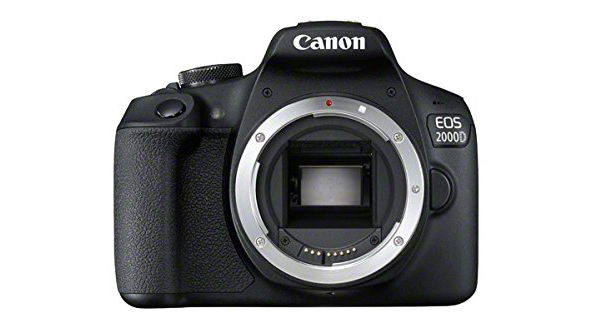
Canon EOS 2000D / Rebel T7 (body-only)
The Canon EOS 2000D is second up the Canon DSLR hierarchy, but the base model EOS 4000D is so cheaply made and sparsely featured that I don't recommend it.
The EOS 2000D on the other hand is fitted with Canon's high-performing 24.2MP APS-C image sensor - a marked upgrade over previous Canon budget models equipped with an archaic 18MP sensor. While its other specs and general build quality slightly trail the Nikon D3500, this is Canon's most tempting beginner DSLR yet.
But what really makes the EOS 2000D worthy of consideration is that, in the UK at least, it's readily available as a body-only camera with no lens included, and for only £300 at the time of writing.
This leave you the choice of what lens to fit. While a typical 18-55mm 'kit' lens is a very versatile option, it'll usually have a fairly narrow f/3.5-5.6 variable maximum aperture, which makes it very hard to get the shallow depth of field, blurry background look so synonymous with DSLR photography, and now faked by high-end camera phones.
However, for around £100/$100, you can opt for a more specialized lens capable of delivering more artistic image quality:

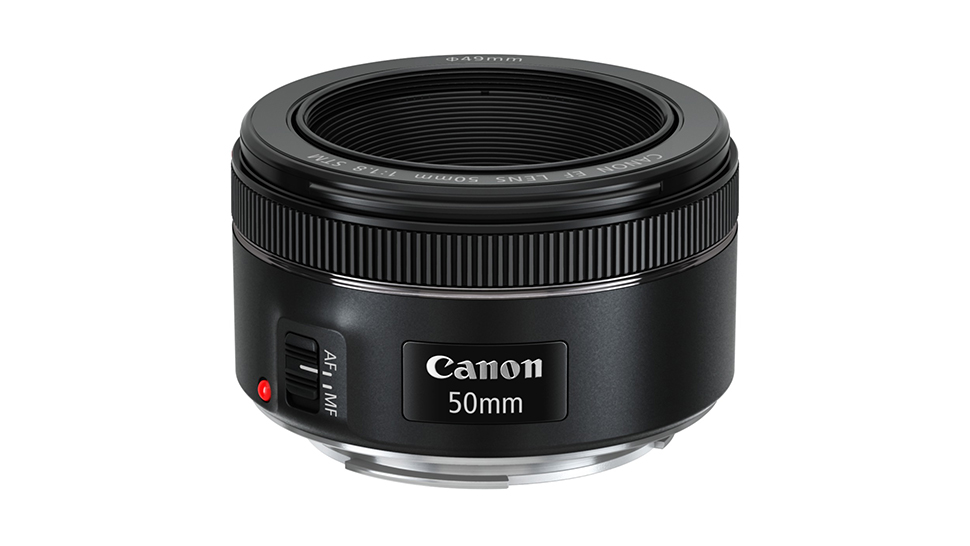
Canon EF 50mm f/1.8 STM
Unlike previous f/1.8 editions of Canon's evergreen 50mm standard prime, this ‘STM’ model has a stepping motor autofocus system that gives speedy yet quiet operation and is more accurate and reliable than the older incarnation of this lens.
Lens sharpness is excellent from the centre to the edges, and with a large f/1.8 aperture available, it's easy to get a shallow depth of field, with a pin-sharp subject contrasting with a silky-smooth blurred background.
What's more, a larger aperture lets more light in at a given shutter speed and ISO sensitivity, making this a great choice for low light and nighttime photography. Even though this simple lens doesn't have image stabilization, thanks to that large lens aperture, it doesn't really need it.
And the best bit? You can get this prime lens image quality and large aperture creativity for the bargain price of around £100/$100. Paired with the EOS 2000D, that's the same price as a Nikon D3500 & 18-55mm VR lens kit.
It just comes down to whether you'd prefer a slightly better camera and a more versatile - if artistically limited - zoom lens (Nikon), or a marginally less impressive camera paired with a more specialist lens that's better able to give you standout images (Canon).
Get the Digital Camera World Newsletter
The best camera deals, reviews, product advice, and unmissable photography news, direct to your inbox!
Ben is the Imaging Labs manager, responsible for all the testing on Digital Camera World and across the entire photography portfolio at Future. Whether he's in the lab testing the sharpness of new lenses, the resolution of the latest image sensors, the zoom range of monster bridge cameras or even the latest camera phones, Ben is our go-to guy for technical insight. He's also the team's man-at-arms when it comes to camera bags, filters, memory cards, and all manner of camera accessories – his lab is a bit like the Batcave of photography! With years of experience trialling and testing kit, he's a human encyclopedia of benchmarks when it comes to recommending the best buys.

